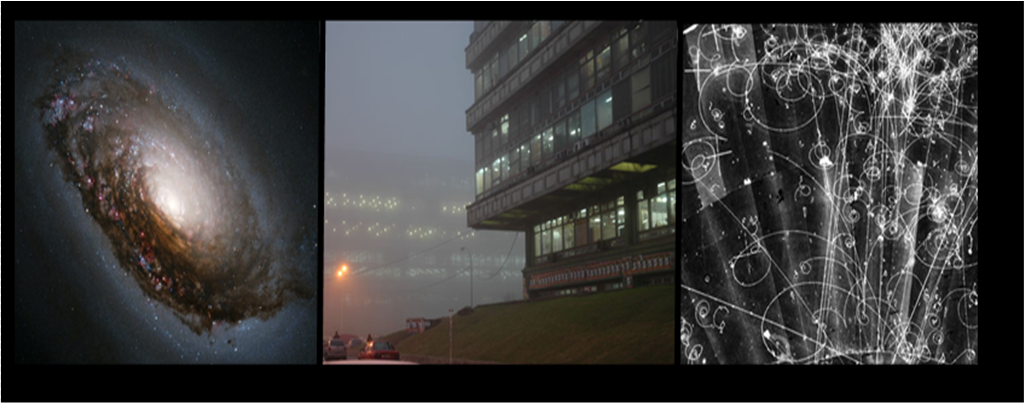

VITAE PUBLICATIONS RESEARCH LINKS
![]() String Theory in AdS3
String Theory in AdS3
My main field of research is String Theory and the applications of Conformal Field Theory to it. Since 1999 I has been working on the so-called world-sheet formulation to string theory on three-dimensional Anti-de Sitter space (AdS3) [arXiv:hep-th/0105200,arXiv:hep-th/0511252]. The main motivation of my investigation is the understanding of Maldacena's conjecture on AdS/CFT correspondence [arXiv:hep-th/9711200] beyond the field theory approximation. In fact, the study of String Theory in AdS3 provides us with an example to explicitly work out the details of AdS/CFT correspondence in a fully stringy context [arXiv:0703022,arXiv:hep-th/0703001]. In the recent years, the dictionary between bulk and boundary theories in AdS3 was exhaustively analyzed, and exact precise agreement between bulk and boundary three-point functions was verified; see for instance [arXiv:0712.3046].
![]() Three-dimensional gravity
Three-dimensional gravity
Other topic that has attracted my attention recently is three-dimensional gravity, which also has proven to be a fruitful testing ground for AdS/CFT. More than twenty years has passed since Brown and Henneaux discovered that the asymptotic dynamics of Einstein gravity in AdS3 space is generated by the two-dimensional conformal algebra. By the middle of 90's, it became clear that this observation meant much more than a mere matching of symmetries. In 1995, Coussaert, Henneaux, and Van Driel proved that the asymptotic dynamics of Einstein gravity in AdS3 is governed by a two-dimensional conformal field theory [arXiv:gr-qc/9506019], at that time identified as the Liouville field theory. Later, with the advent of AdS/CFT correspondence, in 1997, all these observations acquired a natural framework and were understood from a more general perspective. Over time we learned that the description of the asymptotic AdS3 dynamics of Einstein gravity in terms of Liouville theory has some flaws and it is not fully satisfactory. Nevertheless, this did not prevent the physicist from addressing the problem of three-dimensional black hole entropy [arXiv:hep-th/9204099, arXivhep-th/9712251] and three-dimensional quantum gravity [arXiv:0706.3359] in terms of its dual CFT2 description. More recently, there has been a renewed interest in models of three-dimensional massive gravity [arXiv:0901.1766] which turn out to be rich toy models to be explored; in particular, we recently studied Lifshitz black hole solutions in this framework [arXiv:0909.1347]. We also conducted research on three-dimensional massive gravity within the so-called chiral gravity conjecture [arXiv:0801.4566,arXiv:0807.4703,arXiv:0903.4573].
![]() Higher-curvature corrections and black holes
Higher-curvature corrections and black holes
Lovelock theory is a natural
extension of Einstein theory of gravity to higher dimensions [arXiv:0805.3575],
being the only higher-curvature theory of gravity that yields second order
equations of motion for the metric. This theory is of great interest in theoretical physics as it describes a wide class
of models; in particular, it describes string theory inspired ultraviolet
corrections to Einstein-Hilbert action, while admits the Einstein's General
Relativity and the so-called Chern-Simons theories of gravity as particular
cases [arXiv:hep-th/0502193].
Recently, five-dimensional Lovelock theory has been considered in the literature
as a working example to illustrate the effects of including higher-curvature
terms in the context of AdS/CFT correspondence; the so-called KSS bound [arXiv:0712.0805]
and the causality in the holographic picture [arXiv:0907.1625]
are subjects that received remarkable attention.